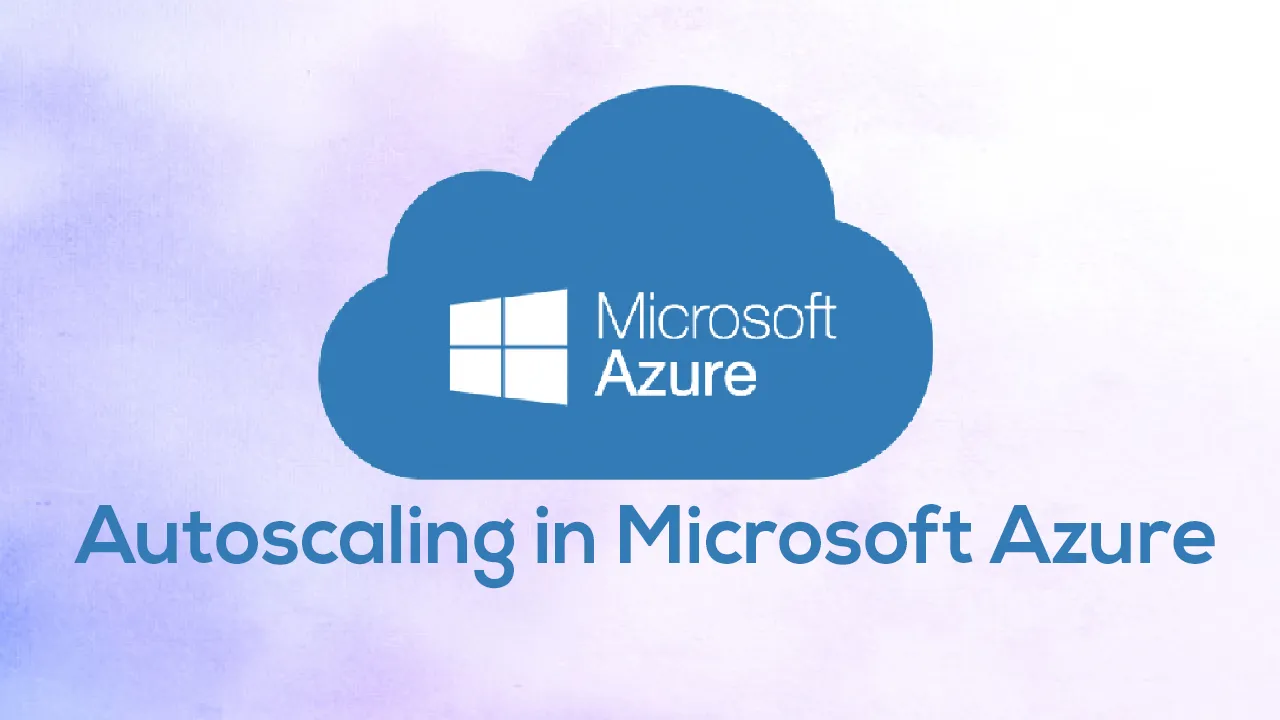The ability to scale up and down without maintaining extra hardware is one of the best cloud computing features. In this article, Mahendran Purushothaman explains autoscaling in Microsoft Azure.
Autoscaling is one of the basic and useful features offered by cloud computing. The cloud’s elastic nature combined with automation makes this feature possible. However, using this feature in the right way is challenging in real time. Almost all cloud providers offer this essential feature. In AWS, this feature is available as an “AutoScalingGroup (ASG)”; in Microsoft Azure, it is enabled with “Virtual Machine Scale Set (VMSS)”, and in Google Cloud, it is available as “Managed Instance Groups (MIG)”. This article focuses on Microsoft Azure’s “Virtual Machine Scale Set (VMSS)” and how to use it in various use-cases.
What is autoscaling?
Autoscaling provides the capability to run your application or workload with the required resources (resources, in this case, are virtual machines) without interruption. It assures you that the virtual machines you requested for your application are always available and up. If the virtual machines are interrupted, autoscaling replaces those faulty virtual machines with new ones.
Types of autoscaling
In general, there are two types of autoscaling –
- Time-Based Autoscaling.
- Metrics-Based Autoscaling.
Time-Based autoscaling is nothing but scaling based on the scheduled time. This type needs some extent of manual prediction of your demand. For example, suppose you know that your application experiences high traffic during certain times of the day, week or month and the number of virtual machines needed to meet that demand. In that case, you can configure the rules to spin up and shut down those needed virtual machines only during that specific time period. On the other hand, Metrics-Based autoscaling enables the scaling activity to be based on the key performance metrics of your resource like CPU, Memory, Thread Count, etc.
Autoscaling in action
Let us start some experimentation with autoscale settings. The first example demonstrates the Time-Based autoscale settings, followed by Metrics-Based autoscale settings.
Time-Based Autoscaling
As I mentioned above, configuring the Time-Based autoscaling is straightforward. It is something like configuring the cron jobs in Unix or task scheduler in Windows. I will use the Cloud Shell to create the Virtual Machine Scale Set (VMSS) and attach the time-based rules.
#azure #homepage #autoscale azure vm #sql monitor #microsoft azure
